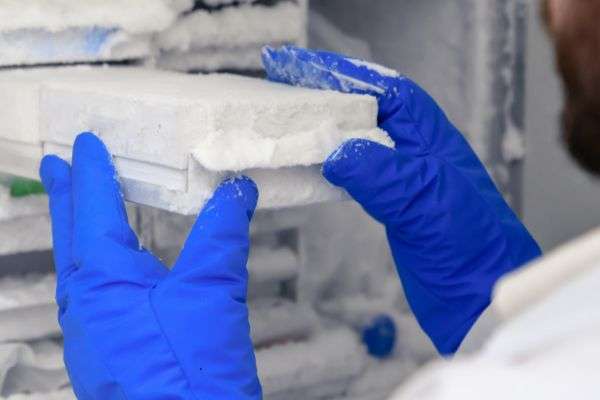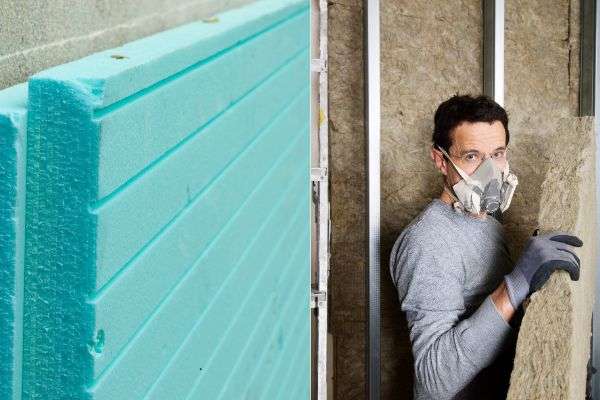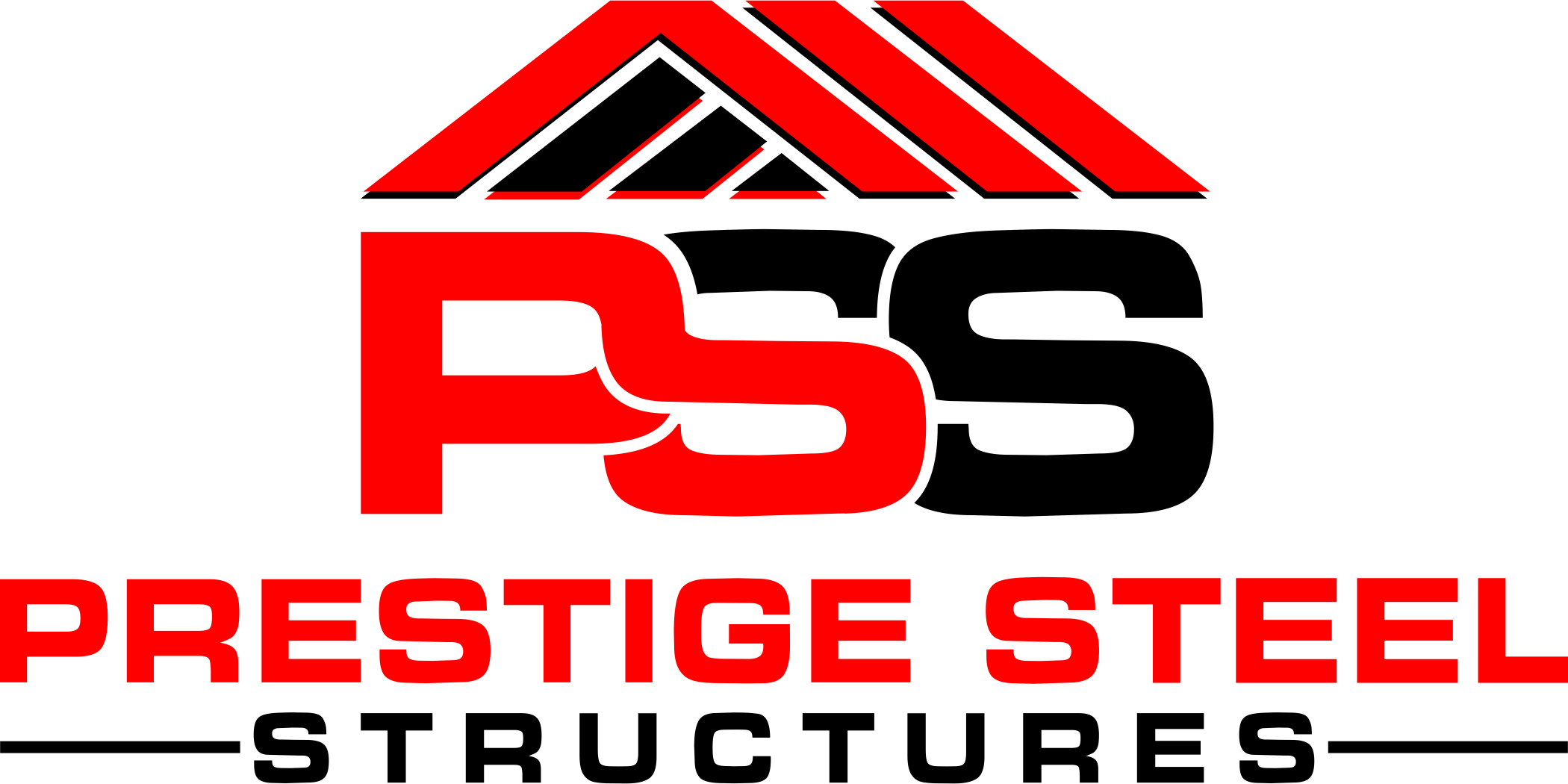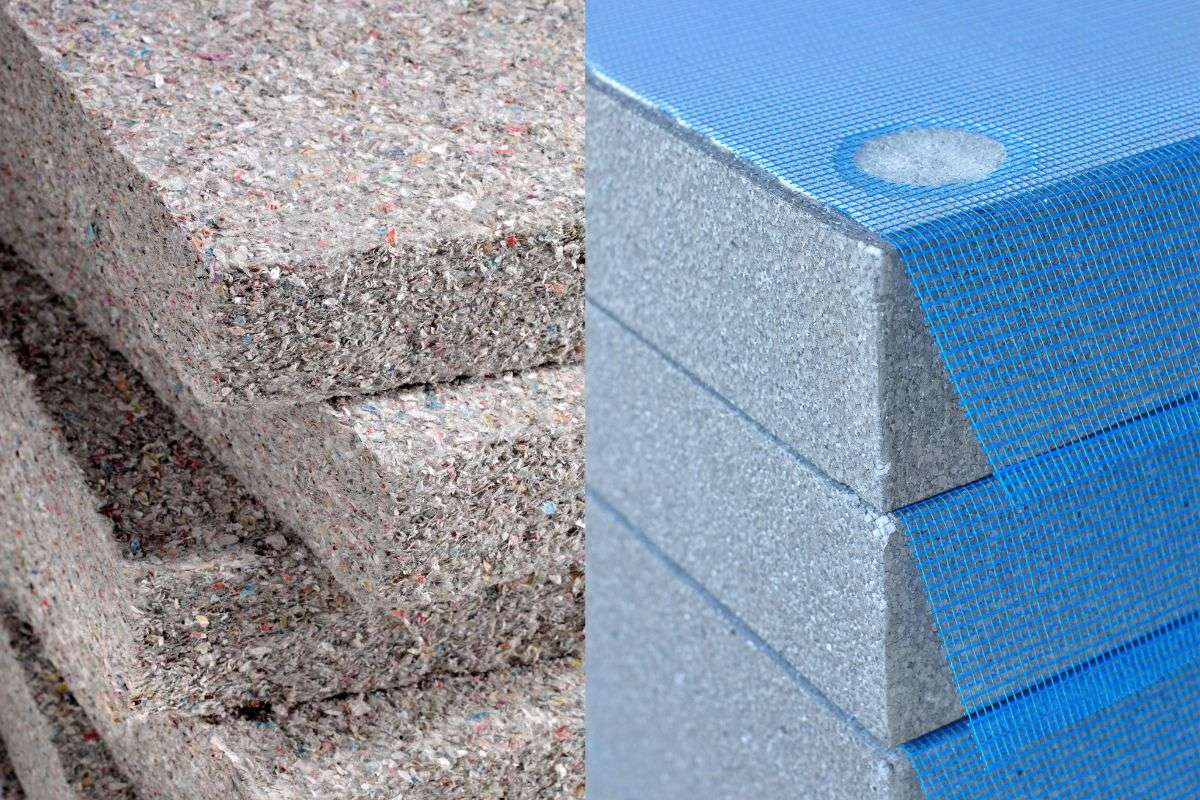Metal buildings require proper insulation to maintain comfortable temperatures and reduce energy costs. Quality insulation prevents heat transfer through metal walls and roofing materials. Metal surfaces conduct temperature rapidly, making insulation essential for climate control. Without adequate insulation, metal buildings become unbearably hot in summer and freezing in winter. This guide explores the five best insulation options specifically designed for metal structures.
High-quality metal structures serve various purposes from workshops to commercial warehouses and residential homes. Each building type needs different insulation approaches based on its intended use. Proper insulation transforms bare metal structures into comfortable, energy-efficient spaces year-round. The right insulation choice can reduce heating and cooling costs by up to 50%. Understanding your options helps you select materials that deliver maximum value and performance.

Understanding Insulation R-Values: Essential Metal Building Knowledge
R-value measures insulation’s ability to resist heat transfer through metal building materials. Higher ratings mean better temperature control and energy efficiency for your structure. This measurement helps compare different insulation products effectively.
Three factors determine R-value ratings. Material type affects natural thermal resistance properties. Density impacts how well insulation blocks heat flow. Thickness directly increases the barrier between indoor and outdoor temperatures.
Calculating Your Insulation Needs
Your building’s requirements depend on local climate and heating system type. Different areas need varying insulation levels based on exposure. Attics require more protection than walls.
Adding insulation layers increases overall R-value and improves energy savings. Commercial buildings must meet local code requirements for minimum R-values. These standards vary by geographic location and climate zone. Southern regions need less insulation than northern areas. Check local building codes for specific requirements before selecting materials.

Top 5 Building Insulation Options Explained
Building insulation serves as your first defense against energy waste and uncomfortable temperatures. Proper insulation selection can reduce heating and cooling costs by significant percentages annually. Different insulation types offer unique benefits depending on your specific building needs. Understanding each option helps you make cost-effective decisions for long-term energy savings. This comprehensive guide examines five popular insulation materials and their ideal applications.
1. Spray Foam: The Premium Choice for Metal Structures
Spray foam insulation excels at sealing metal buildings against air infiltration completely. This two-part liquid system expands rapidly to fill every gap and crevice. The foam adheres directly to metal surfaces, creating permanent air barriers. Once cured, it maintains its shape without sagging or settling over time.
Open-cell foam expands up to 100 times its original liquid volume. This dramatic expansion makes it perfect for filling large metal building cavities. The material costs less than closed-cell options, appealing to budget-conscious projects. However, open-cell foam allows moisture vapor to pass through its structure.
Closed-cell spray foam provides superior performance for demanding metal building applications. This denser material adds structural strength to metal wall and roof assemblies. The foam completely blocks moisture, preventing condensation problems common in metal buildings. Many contractors leave closed-cell foam exposed in agricultural and industrial metal structures.
Open-cell foam delivers R-3.0 to R-4.0 per inch of installed thickness. Closed-cell foam nearly doubles this performance at R-6.0 to R-8.0 per inch. These high R-values mean less thickness needed to meet code requirements. Large metal warehouses benefit most from open-cell foam’s expansion properties. Closed-cell foam works best in metal buildings requiring maximum insulation value.
2. Rigid Board: Durable Protection for Metal Buildings
Rigid board insulation offers metal building owners dense, damage-resistant insulation panels. These boards withstand the moisture and temperature extremes common in metal structures. The closed-cell structure prevents water absorption that can cause metal corrosion problems. Rigid boards maintain consistent R-values throughout their service life in metal buildings.
Manufacturers produce rigid boards from three materials suited for metal building applications. Fiberglass boards resist fire and maintain stability against metal expansion and contraction. Polyurethane panels deliver the highest R-values for space-limited metal building installations. Polystyrene boards balance affordability with performance for many metal structure projects.
R-values for rigid boards range from R-4.0 to R-8.0 per inch thickness. This impressive performance helps meet insulation requirements with minimal thickness increases. Metal buildings with limited interior space benefit from rigid boards’ efficiency. The consistent board thickness ensures uniform insulation coverage across metal surfaces.
Flat metal roof decks represent ideal applications for rigid board insulation systems. Metal wall panels also accept rigid boards when properly fastened and sealed. The boards’ strength allows them to span between metal purlins and girts. Their moisture resistance protects metal components from condensation damage over time.
3. Batt and Blanket: Affordable Insulation for Metal Buildings
Batt and blanket insulation remains popular for metal buildings due to affordability. Pre-cut batts fit perfectly between standard metal building frame spacing. Blanket rolls provide continuous coverage along metal roof purlins and wall girts. This flexibility makes installation straightforward in most metal building applications.
Various materials create batt and blanket products suitable for metal structures. Fiberglass remains most common due to its low cost and availability. Mineral wool offers superior fire resistance important for some metal buildings. Natural fiber options appeal to environmentally conscious metal building owners today.
These traditional insulation types achieve R-2.9 to R-3.8 per inch thickness. While modest compared to foam options, they meet many climate requirements. Proper installation without compression ensures optimal performance in metal buildings. The facing material helps control moisture vapor in metal structure assemblies.
Simple metal buildings without complex framing benefit most from batt insulation. Agricultural metal buildings often use blanket insulation for basic thermal control. The material’s affordability makes it attractive for large metal warehouse projects. DIY metal building owners appreciate the straightforward installation process these products offer.
4. Loose-Fill: Flexible Solution for Metal Buildings
Loose-fill insulation adapts perfectly to irregular spaces common in metal buildings. Professional installers blow small particles into cavities using specialized pneumatic equipment. The material flows around obstacles like wiring and plumbing in finished spaces. This flexibility makes it ideal for retrofitting existing metal structures.
Two materials dominate the loose-fill market for metal building applications today. Cellulose uses recycled paper treated with chemicals to resist fire and pests. Fiberglass loose-fill contains tiny glass fibers similar to traditional batt products. Both options work well in horizontal applications like metal building attics.
Fiberglass loose-fill provides R-2.2 to R-2.7 per inch when properly installed. Cellulose achieves better performance at R-3.2 to R-3.8 per settled inch. Professional installation ensures proper density to achieve these rated values consistently. The material settles slightly over time, requiring initial overfill during installation.
Retrofitting older metal buildings becomes feasible with loose-fill insulation’s versatility. The material reaches spaces inaccessible during original metal building construction. Complex metal roof systems with multiple penetrations benefit from loose-fill coverage. Installation proceeds quickly when insulating large metal building attic spaces.
5. Foil Bubble: Radiant Barrier for Metal Buildings
Foil bubble insulation addresses the unique radiant heat challenges metal buildings face. Aluminum surfaces reflect up to 97% of radiant energy from hot metal roofs. The bubble core provides additional thermal resistance beyond simple radiant barriers. Multiple polymer layers protect the system from damage during installation and use.
This thin insulation measures less than 3/8 inch installed thickness typically. R-values range from R-1.0 to R-1.3 for the material alone. Performance improves when combined with adjacent air spaces in metal assemblies. The lightweight nature simplifies handling during metal building installation projects.
Metal buildings in hot climates benefit most from foil bubble’s reflective properties. The material installs easily beneath metal roofing to reduce heat gain. Many metal building contractors combine foil bubble with other insulation types. This creates systems addressing both radiant and conductive heat transfer effectively.
Making the Right Choice for Your Metal Building
Selecting appropriate insulation requires evaluating your specific metal building’s needs carefully. Consider your geographic location and typical weather patterns throughout the year. Analyze budget constraints against long-term energy savings each option provides. Your metal building’s purpose significantly impacts which insulation type works best. Workshops need different insulation than agricultural storage buildings or residential structures. Heated spaces require higher R-values than unconditioned metal buildings. Professional contractors offer valuable expertise for metal building insulation projects. They understand how different products perform in various metal building applications. Climate zones play crucial roles in determining insulation requirements for personalized metal structures. Northern regions demand maximum R-values to combat severe winter temperatures. Installation quality matters as much as material selection for effectiveness. Poor installation creates gaps that allow air infiltration and moisture problems. Proper vapor barriers prevent condensation that damages both insulation and metal components.
Conclusion
Choosing the right insulation transforms your building into an energy-efficient, comfortable space year-round. Whether insulating metal garages and carports or larger structures, each material offers unique advantages. Different insulation types suit various applications, from residential workshops to commercial buildings. Understanding R-values, material properties, and installation requirements empowers you to make informed decisions. Consider your climate, building use, and local code requirements when selecting materials. Professional consultation ensures optimal insulation performance and long-term energy savings for any structure. Start your insulation project today by evaluating which option best meets your needs. Request quotes from qualified contractors to compare costs and installation timelines. Proper insulation represents one of the best investments for reducing energy expenses. Take action now to improve your building’s comfort and efficiency for years ahead.
Frequently Asked Questions
What insulation works best for metal buildings in humid climates?
Closed-cell spray foam provides the best moisture protection for metal buildings. This insulation type completely blocks water vapor from reaching metal surfaces. Rigid board insulation also offers excellent moisture resistance for humid environments. Avoid open-cell foam and unfaced fiberglass in high-humidity areas.
Can I install metal building insulation over existing insulation?
Yes, adding insulation over existing materials often improves your building’s energy efficiency. Ensure the old insulation remains dry and in good condition first. New insulation must fit properly without compressing the existing layer. Consider the combined R-value to meet local code requirements.
How much does metal building insulation typically cost per square foot?
Batt insulation costs $0.50 to $1.50 per square foot installed. Spray foam ranges from $1.50 to $3.50 per square foot professionally applied. Rigid boards cost $1.00 to $2.50 per square foot including installation.
Why do metal buildings need different insulation than wood structures?
Metal conducts heat 400 times faster than wood building materials. This rapid heat transfer creates uncomfortable temperature swings without proper insulation. Metal buildings also experience more condensation issues due to temperature differentials.
How long should metal building insulation last before needing replacement?
Quality insulation in metal buildings lasts 20 to 50 years typically. Spray foam and rigid boards maintain performance longest when properly installed. Regular inspections help identify damaged areas needing attention before complete replacement.


